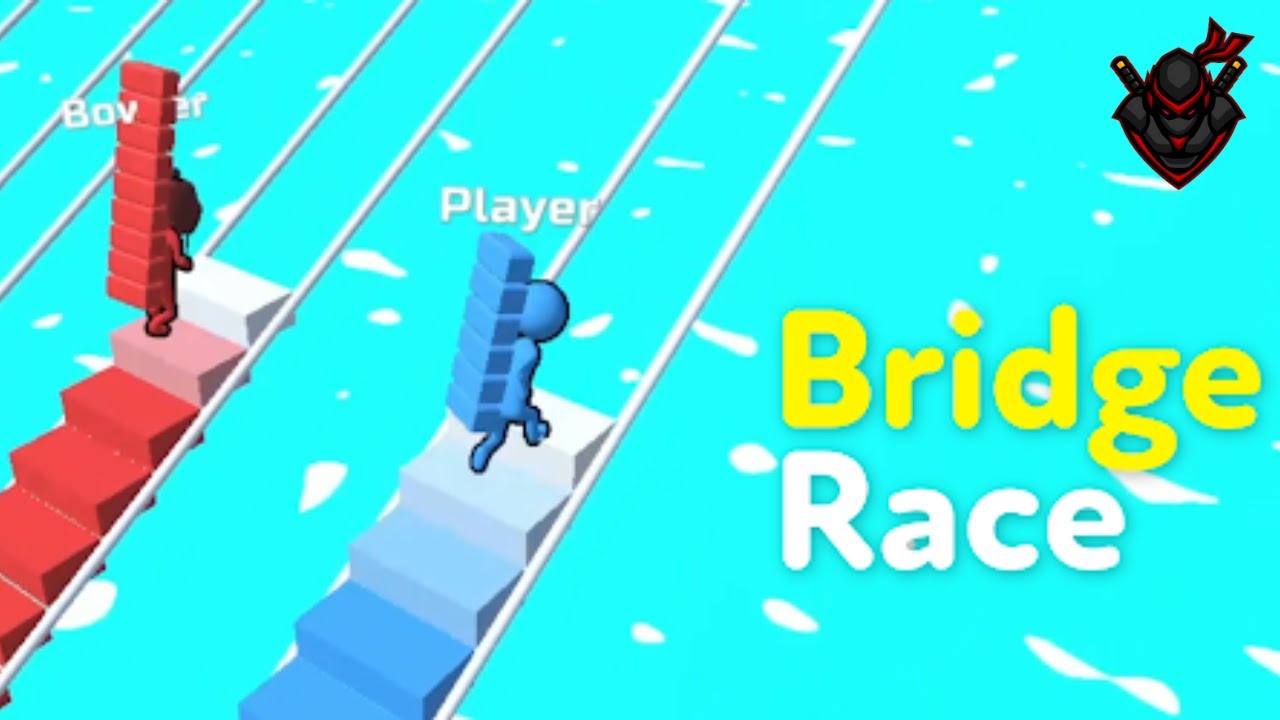Blindead is a unique survival horror game that combines psychological thrills, immersive storytelling, and a gripping atmosphere to deliver a gaming experience unlike any other. Set in a desolate world where vision is compromised and fear dominates, Blindead challenges players to rely on their wits and senses to survive. In this article, we’ll dive deep into the core aspects of Blindead, exploring its gameplay, storyline, features, and what makes it stand out in the crowded genre of horror games.
What is Blindead?
Blindead is a survival horror game that revolves around sensory deprivation, creating a claustrophobic and unsettling environment for players. Developed by [Developer’s Name or Studio], the game pushes the boundaries of traditional horror by immersing players in a world where sight is a scarce commodity. Instead, players must use sound, touch, and intuition to navigate through eerie landscapes and evade terrifying enemies.
The game’s emphasis on survival without traditional visual aids introduces a fresh take on the genre, making it a standout title for fans of horror games like Amnesia: The Dark Descent and Outlast.
Gameplay Mechanics
Sensory-Based Survival
In Blindead, the core gameplay revolves around survival without full vision. The game leverages innovative mechanics where sound and tactile cues guide the player. Features such as echolocation, vibrations, and auditory storytelling immerse players, forcing them to rely on their non-visual senses to uncover clues and navigate the environment.
Stealth and Strategy
Enemies in Blindead are hyper-aware of sound, requiring players to adopt stealth strategies to avoid detection. Every movement and decision matters, as loud noises can attract deadly creatures lurking in the darkness. This tension adds a layer of unpredictability and suspense, keeping players on edge throughout the game.
Resource Management
Limited resources, such as batteries for sound equipment or tools to create distractions, play a vital role in gameplay. Players must carefully manage these resources to progress through levels while staying hidden from enemies.
The Storyline: A Tale of Darkness and Despair
Blindead’s narrative is one of its strongest elements. Set in a dystopian world where an unknown event has robbed humanity of its vision, the game follows the story of [Protagonist’s Name], who is searching for their lost family. The protagonist’s journey is fraught with peril as they encounter mysterious figures, uncover hidden truths, and confront their darkest fears.
Themes of Isolation and Fear
The game explores themes of isolation, vulnerability, and the human instinct to survive. These themes are amplified by the lack of visual input, making players feel as if they are truly alone in a hostile world.
Unfolding Mysteries
Throughout the game, players will discover fragments of the past through audio logs, environmental storytelling, and encounters with NPCs. These elements gradually reveal the cause of the catastrophe and the secrets behind the protagonist’s personal journey.
Graphics and Sound Design
Minimalist Visuals with Maximum Impact
While Blindead focuses on sensory deprivation, its minimalist visuals are stunningly effective. The game uses shadowy environments, flickering lights, and subtle details to create an oppressive atmosphere that enhances the horror experience.
Immersive Soundscapes
Sound design is the heart of Blindead. The developers have meticulously crafted ambient noises, enemy growls, and environmental sounds to guide players and evoke a sense of dread. The use of binaural audio further immerses players, making every creak, whisper, and distant scream feel disturbingly real.
What Sets Blindead Apart?
Innovative Gameplay
Blindead’s focus on sensory-based gameplay is a breath of fresh air in the horror genre. Its unique mechanics challenge players to think differently, relying on sound and touch instead of sight.
Psychological Depth
The game doesn’t just scare players with jump scares—it delves into psychological horror, exploring fears that linger long after the screen goes dark.
Replayability
With multiple paths, hidden secrets, and alternate endings, Blindead encourages players to revisit the game to uncover everything it has to offer.
Why Horror Fans Should Play Blindead
Blindead isn’t just a game—it’s an experience that redefines how horror is delivered in interactive media. It’s a must-play for fans of the genre who are looking for:
- A fresh take on survival horror mechanics.
- A gripping and immersive storyline.
- A game that prioritizes atmosphere over cheap thrills.
Tips for Surviving in Blindead
- Embrace the Darkness
Trust your non-visual senses and use sound cues to guide your movements. Pay attention to ambient noises and vibrations. - Stay Silent
Avoid unnecessary noise. Crawling instead of running and carefully navigating through environments can mean the difference between life and death. - Conserve Resources
Use your tools wisely. Wasting batteries or distraction items early on can leave you vulnerable later. - Explore Thoroughly
Search every nook and cranny for clues, resources, and story fragments. Exploration is key to survival and understanding the game’s mysteries.
Comparisons to Other Horror Games
Blindead shares similarities with popular horror titles like The Last of Us and Resident Evil, particularly in its resource management and tension-filled atmosphere. However, its emphasis on sensory deprivation sets it apart, creating a niche experience that few games have attempted.
Conclusion: A New Era of Horror Gaming
Blindead is a groundbreaking title that reinvents the survival horror genre by focusing on sensory deprivation and psychological tension. Its innovative mechanics, immersive sound design, and compelling narrative make it a standout experience for players seeking something truly unique. Whether you’re a seasoned horror fan or new to the genre, Blindead offers a chilling adventure that will leave you on edge from start to finish.
If you’re ready to face your fears and embrace the darkness, Blindead is a game you won’t want to miss.


